A new $10 million grant aims to help the U.S. dairy industry become at least carbon neutral while supporting farmer livelihoods – providing important insight for New York state, which ranks fourth in milk production nationwide.
Tag: Farming
Tile drainage impacts yield and nitrogen
Draining waterlogged farm fields helps crops but can leach nitrogen into waterways. A three-decade-long experiment is helping farmers strike the right balance.
Sustainable Agronomy Conference expands virtual format
Fourth annual conference offers free registration for the 6-week series.
Bioreactors chip away at nitrogen pollution
A recent study shows bioreactors effectively remove nitrogen over time
Maximizing returns from double-crop soybean
Updated research will help farmers choose maturity group and seeding rate for double-crop soybeans
From farm to plate: Where do global consumer dollars flow?
A team of researchers, led by Cornell University professors Chris Barrett and Miguel Gómez, has developed the “Global Food Dollar” method, which distributes the consumer’s net purchasing dollar across all farm and post-farmgate activities.
Is carbon the ‘crop’ of the future?
An increasing awareness and concern about the environment, changes in government policy, America’s re-entry into the Paris Agreement and a robust demand for carbon offsets all point toward an appetite for a different type of agricultural crop – carbon.
Grant expands Cornell efforts to reach New York farmworkers
As COVID-19 bore down on New York state, the Cornell Farmworker Program used mobile phone technology to provide rapid guidance and clear health information in multiple languages to the state’s farmworkers. Now, new federal funding will expand the program and further integrate the initiative with Cornell Cooperative Extension (CCE).
Why is it important to increase genetic diversity in crops, especially in soybean?
U.S. soybean breeding programs have slowed as current varieties are too closely related
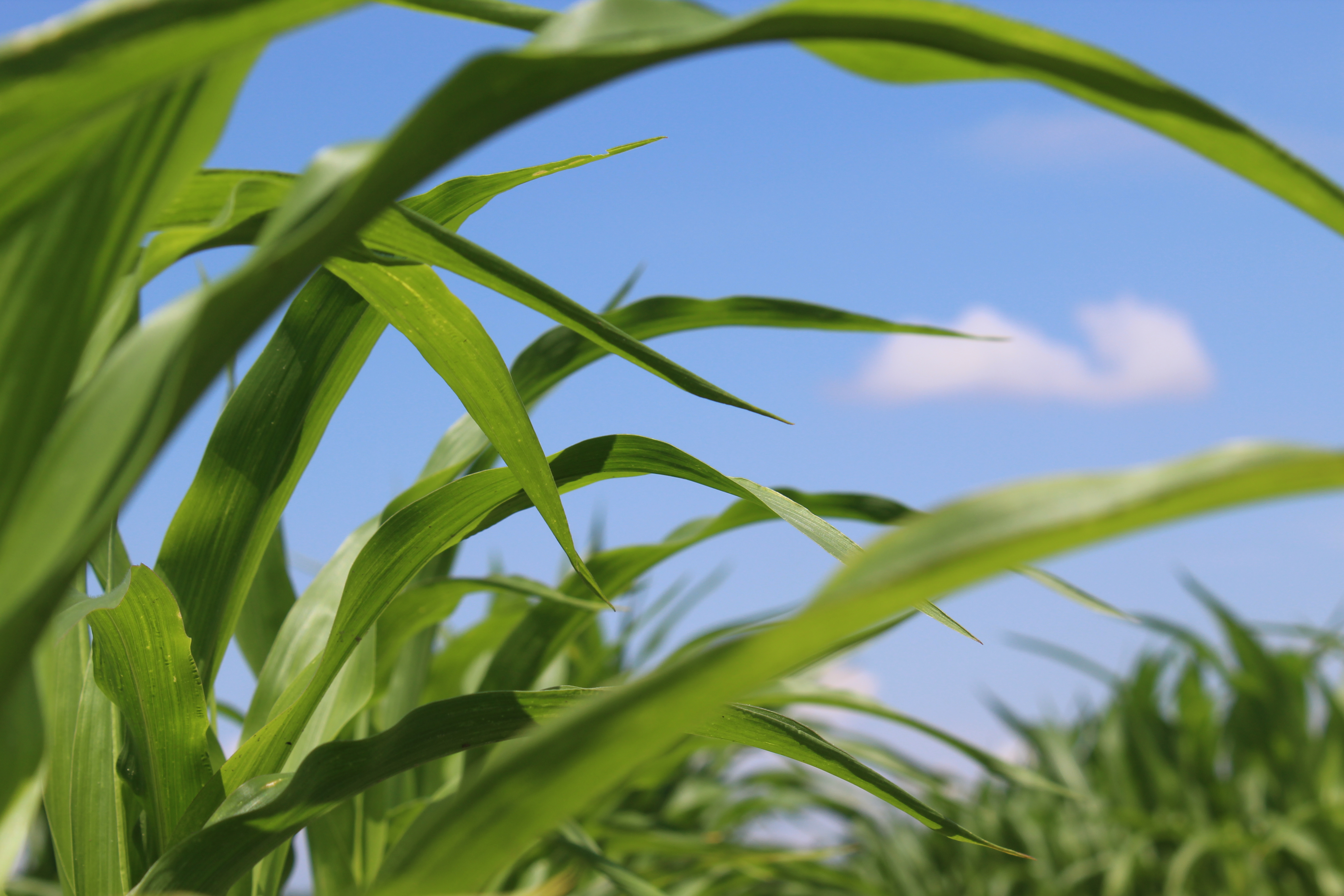
Benefits of wheat in corn-soybean crop rotations
Adding wheat can boost yields, increase economic return, and improve soil
Building better beans to fight food insecurity
As climate change heats up the air and land making them hotter and dryer, warmer nighttime temperatures make it more difficult to grow beans — a critical source of protein for populations. Researchers are working against this to build more resilient beans.
Tanzanian farmers boost diets with sustainable methods
Diversity of children’s diets and food security improved for households after Tanzanian farmers learned about sustainable crop-growing methods, gender equity, nutrition and climate change from peer mentors.
How does wind erosion affect farming in Washington state?
Windstorms, less organic matter on topsoil and soil degradation among issues
The surprising power of chicken manure
Chicken manure, known as poultry litter, is an age-old fertilizer. New research shows it can improve soils and increase crop yield, a boon for farmers.
What can we learn about agricultural practices from soil archives?
Long-term studies allow for betting understanding of agroecosystem change
Tracking Nitrate in Farm Fields
Nitrogen is essential for crops, but when it gets into the water supply, it spells big trouble. Scientists are trying to help farmers strike the right balance by measuring their fields.
The fight against Palmer amaranth
Nebraska research team helps identify the best weed control program to help farmers control Palmer amaranth in soybean fields
SA hub will help build resilience to drought
The University of Adelaide, as part of an extensive collaboration with industry and the South Australian Government, will lead a new drought resilience hub in South Australia. Announced today, the hub will undertake research, development, extension, adoption and commercialisation activities to improve drought resilience and preparedness on SA farms.

Todd Steinacher named 2021 International Certified Crop Adviser of the Year
Steinacher recognized for his leadership and commitment helping farmers achieve sustainability.
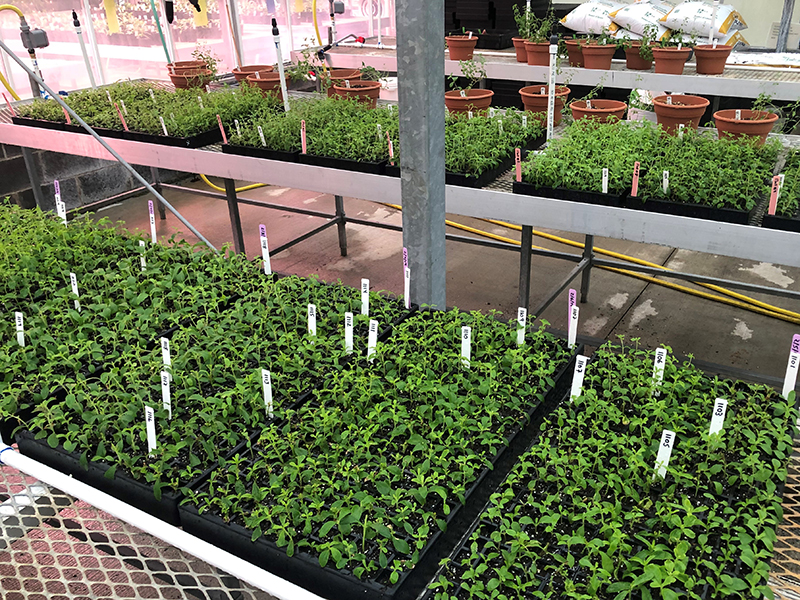
Helping stevia brave the cold
The popular stevia sweetener comes from a tropical crop. New research is helping find the varieties that can grow in colder climates.
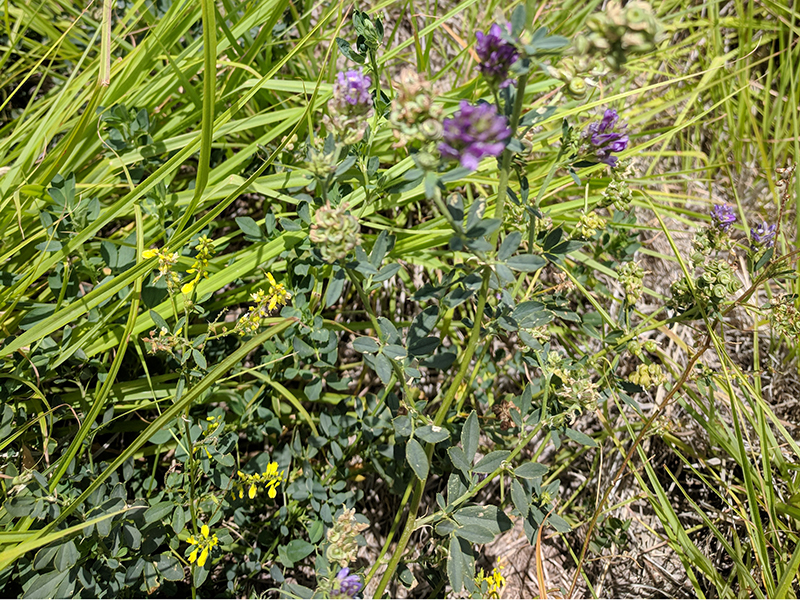
Manure improves soil and microbe community
Manure improves soil and microbe community
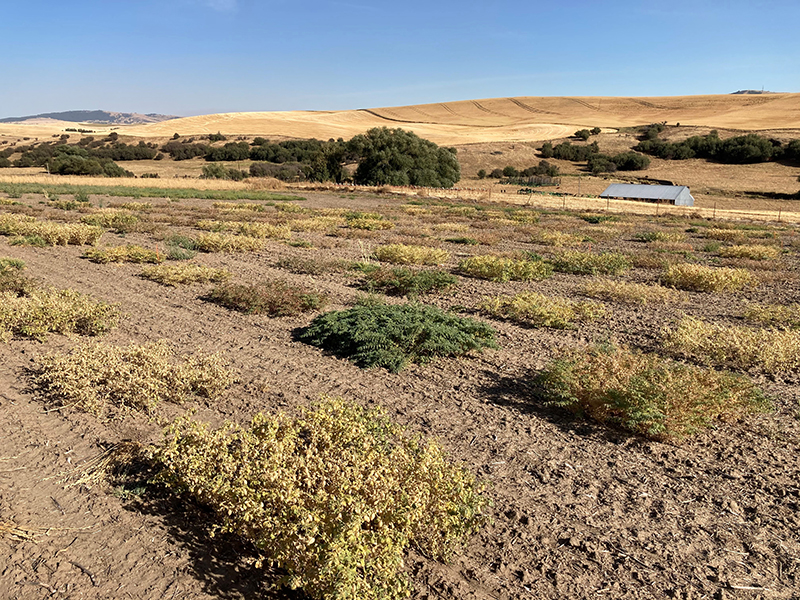
Chickpea genetics reduce need for chemicals
Researchers uncover natural disease resistance in chickpeas as a harmful pathogen develops resistance to fungicide.
USDA grant seeks to enhance milk production and cow health
An animal scientist studying relationships between insulin and milk production in dairy cows has received a three-year, $500,000 grant from the U.S. Department of Agriculture National Institute of Food and Agriculture.
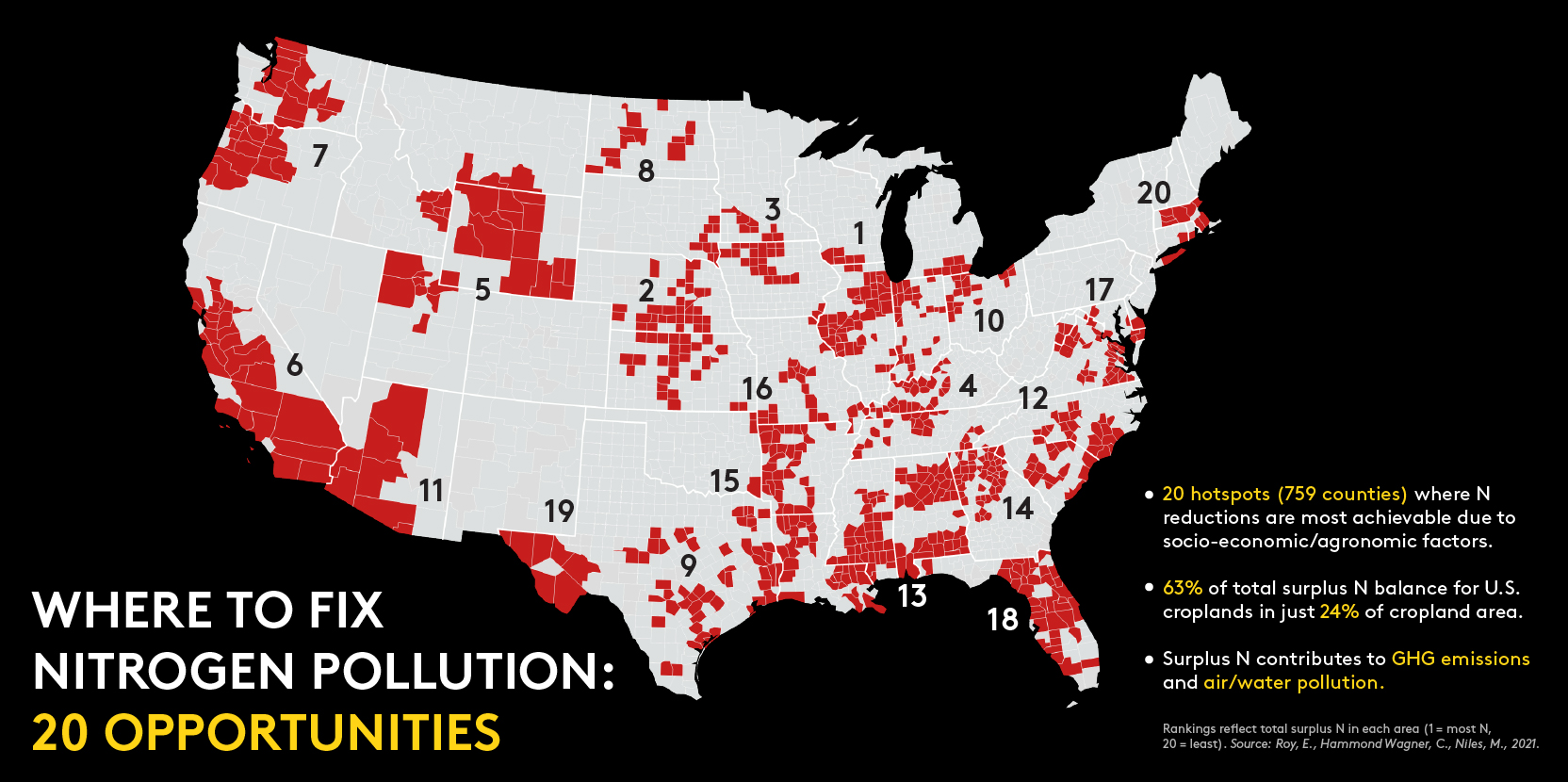
The 20 best places to tackle U.S. farm nitrogen pollution
A pioneering study of U.S nitrogen use in agriculture has identified 20 places across the country where farmers, government, and citizens should target nitrogen reduction efforts.
The 20 nitrogen “hotspots of opportunity”–which appear on a striking map–represent a whopping 63% of the total surplus nitrogen balance in U.S. croplands, but only 24% of U.S. cropland area.
Nitrogen inputs are so high in these areas that farmers can most likely reduce nitrogen use without hurting crop yields.
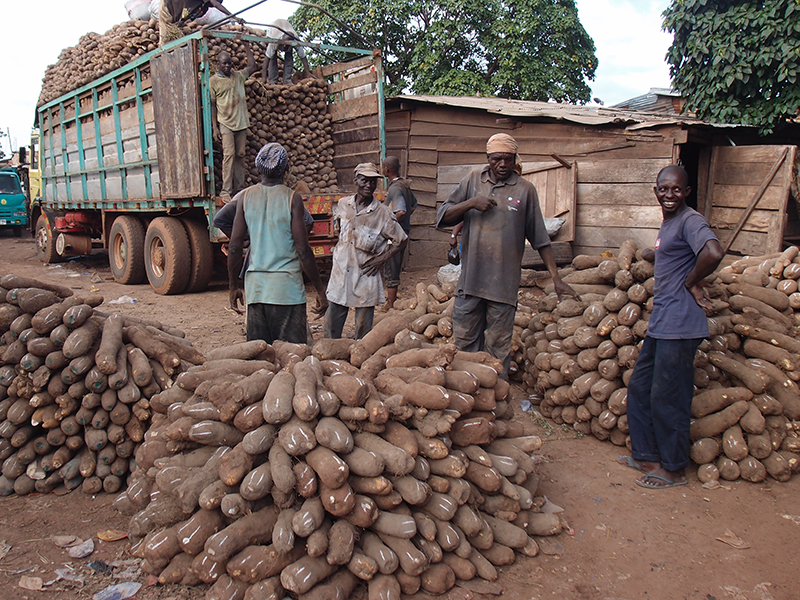
Cataloguing genetic information about yams
New collection of resources will help yam breeders and farmers
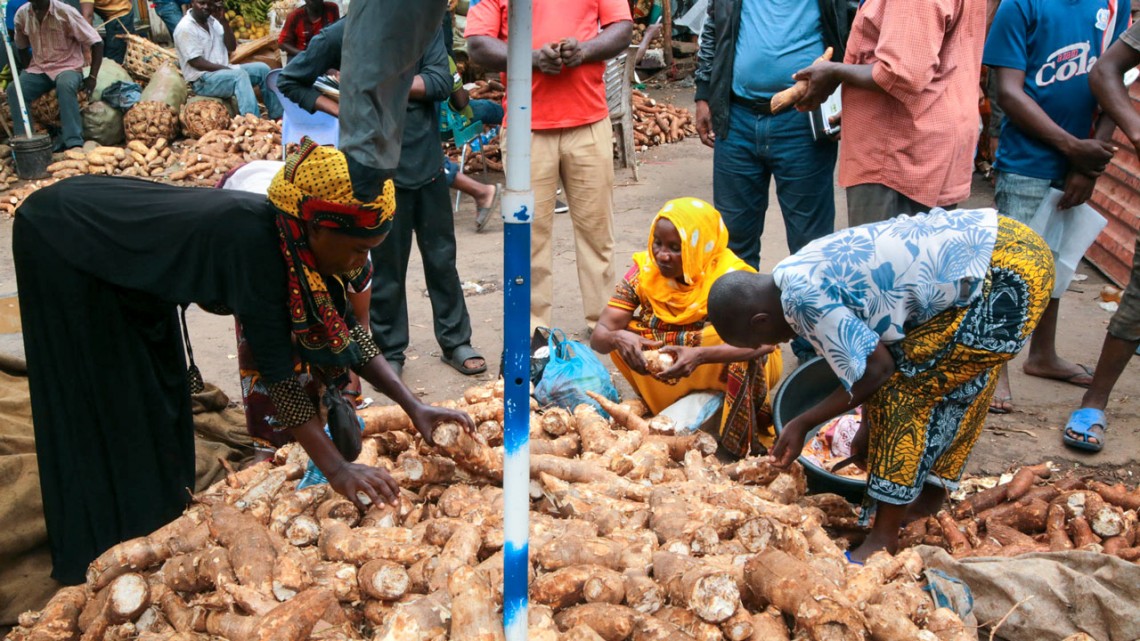
Gift supports Cornell’s Tanzanian cassava efforts
A $2.65 million gift to support Cornell University and partner research in Tanzania will improve distribution of new and more resistant varieties of cassava while empowering women and marginalized groups in the East African nation.

Scarce labor, higher wages in store for NYS farms in 2021
Richard Stup, agricultural workforce specialist, analyzes key issues facing New York state farmers this year.
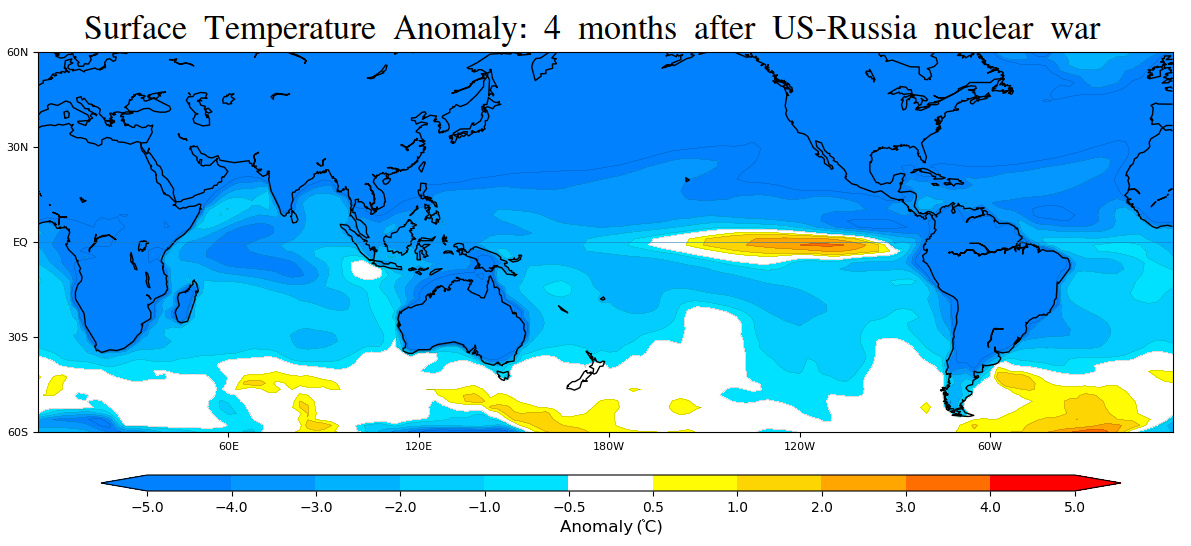
Nuclear War Could Trigger Big El Niño and Decrease Seafood
A nuclear war could trigger an unprecedented El Niño-like warming episode in the equatorial Pacific Ocean, slashing algal populations by 40 percent and likely lowering the fish catch, according to a Rutgers-led study. The research, published in the journal Communications Earth & Environment, shows that turning to the oceans for food if land-based farming fails after a nuclear war is unlikely to be a successful strategy – at least in the equatorial Pacific.
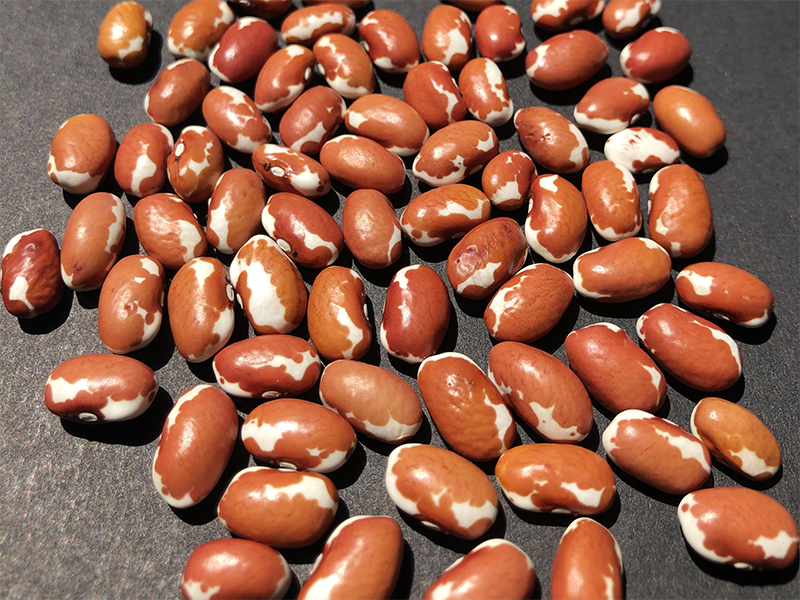
Stealing the spotlight in the field and kitchen
New dry beans from UC Davis combine desirable qualities for both farmers and consumers
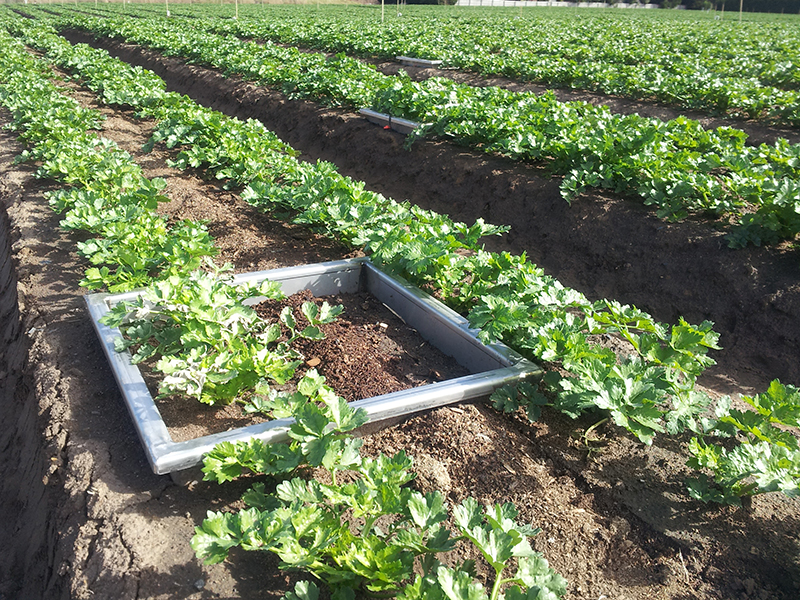
Framework sheds light on nitrogen loss of producing common food items
Differences in nitrogen loss intensity between livestock and crops confirm the need for change.
New cassava varieties endorsed for release in Nigeria
Five new cassava varieties developed with support from NextGen Cassava, an international partnership led by Cornell University, have been approved for release in Nigeria.
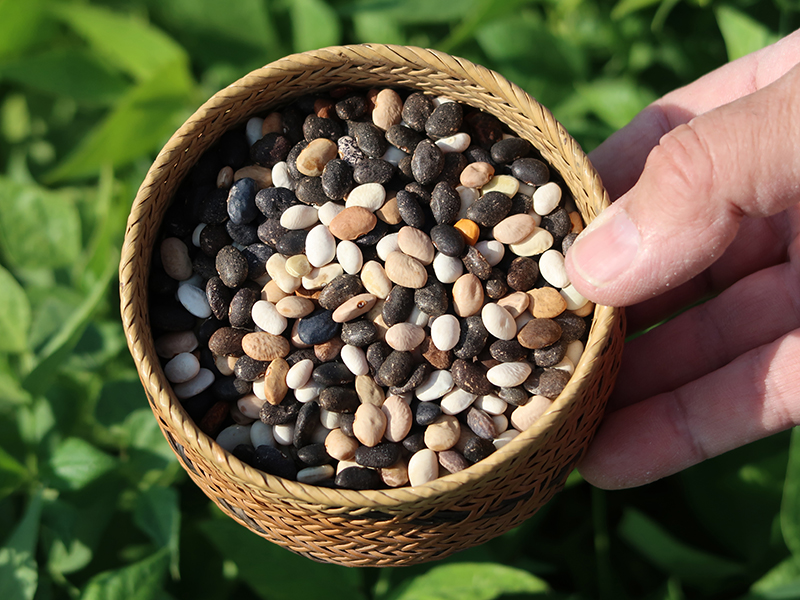
Tepary beans – a versatile and sustainable native crop
This drought and heat tolerant crop can provide nutrition, even when grown in harsh environments.
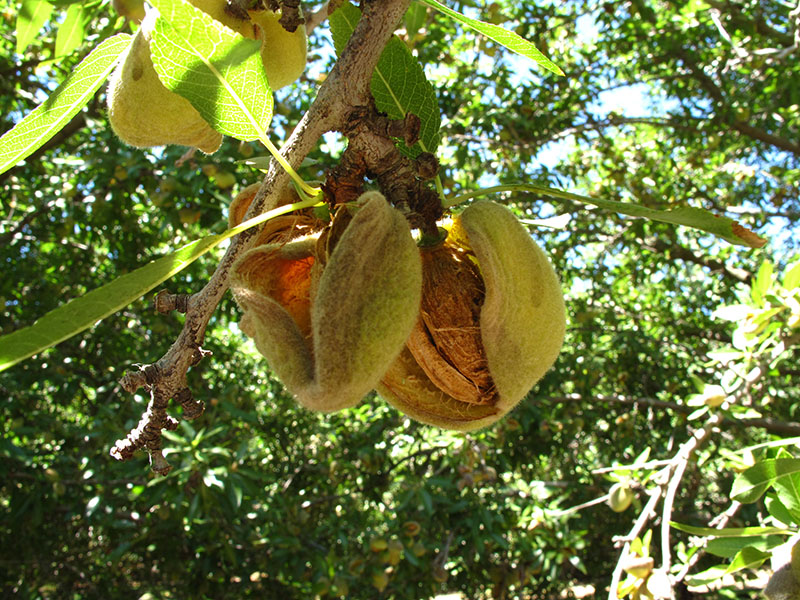
Keeping California a powerhouse of almond production
Research shows nitrogen efficiency and productivity not a tradeoff
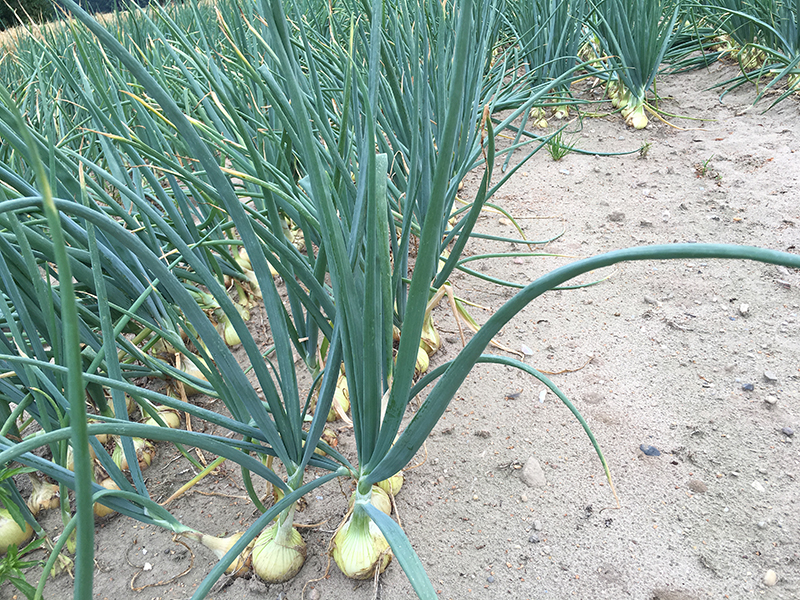
How can farmers grow crops in more coarse soils?
Growing crops in stony soils can be challenging, but feasible
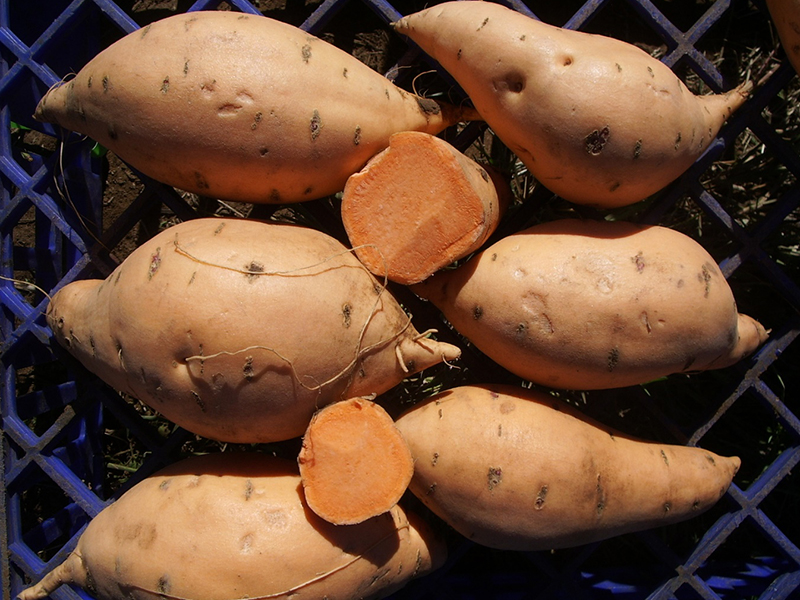
From the farm to the feast
Spark conversation with fun facts about Thanksgiving foods
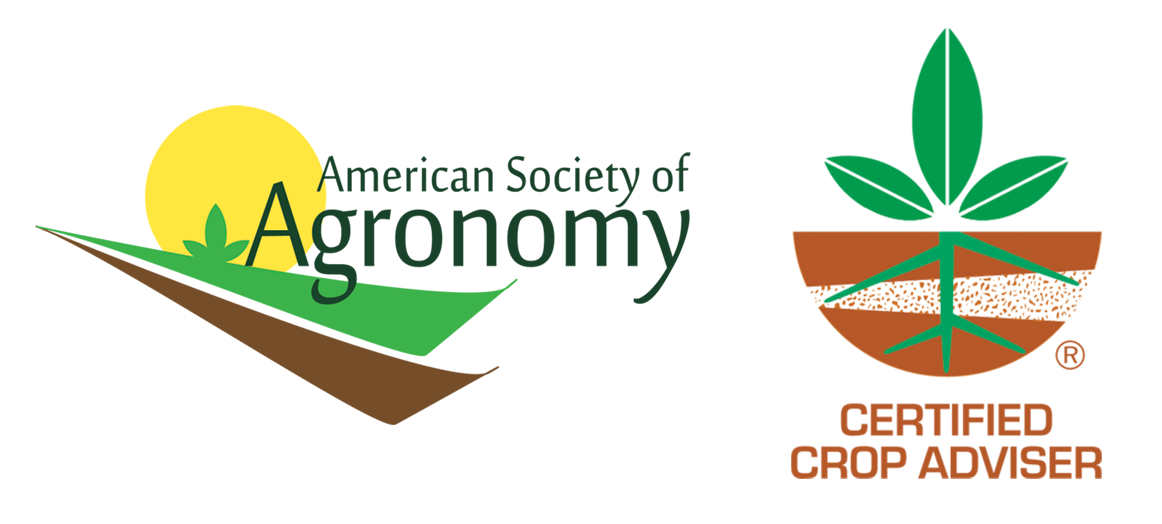
Kellogg and American Society of Agronomy cooperate on Integrated Pest Management webinar series
Farmers and their advisers can attend national or regional webinars

Marine Fisheries Will Not Offset Farm Losses after Nuclear War
After a nuclear war, wild-catch marine fisheries will not offset the loss of food grown on land, especially if widespread overfishing continues, according to a Rutgers co-authored study. But effective pre-war fisheries management would greatly boost the oceans’ potential contribution of protein and nutrients during a global food emergency, according to the study in the journal Proceedings of the National Academy of Sciences. The study for the first time explored the effects of nuclear war on wild-catch marine fisheries.
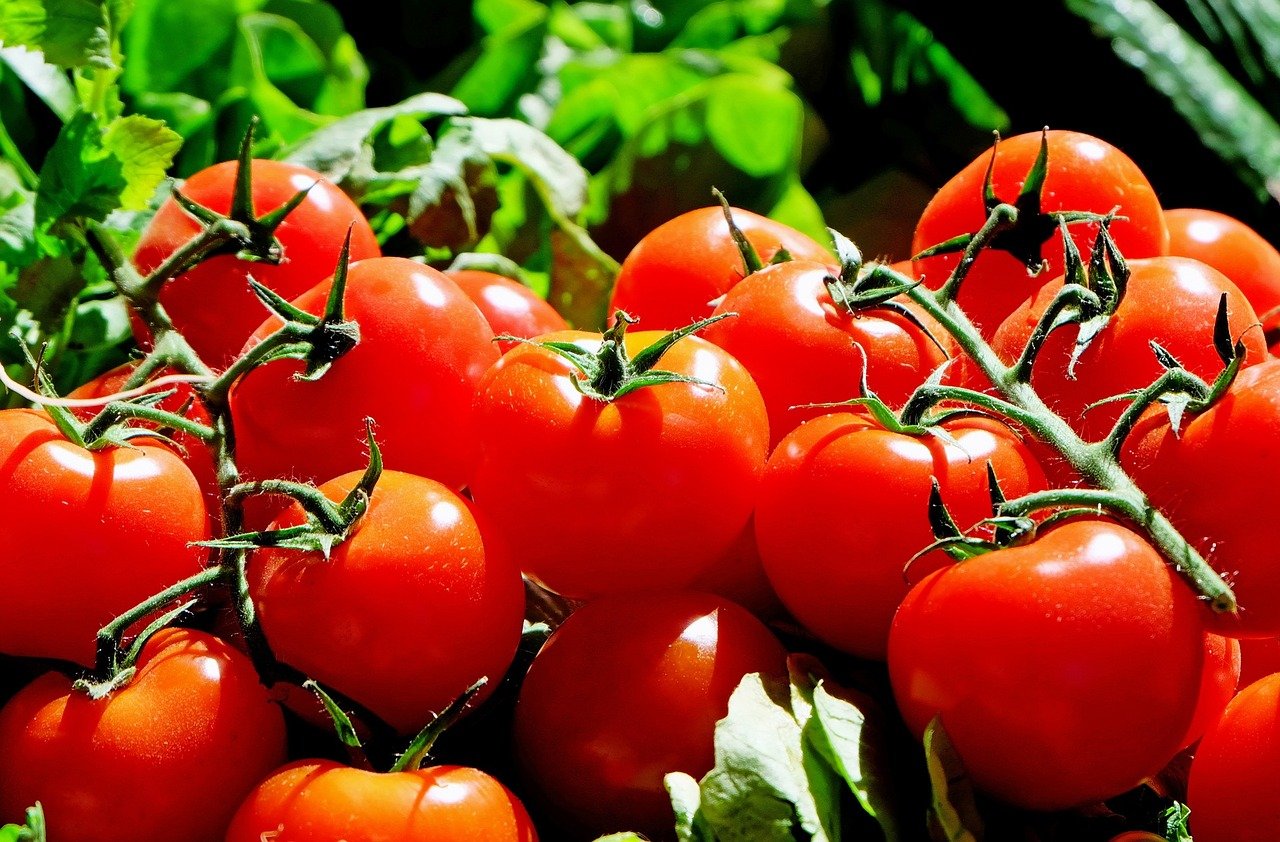
Waste not, want not: recycled water proves fruitful for greenhouse tomatoes
In the driest state in the driest continent in the world, South Australian farmers are acutely aware of the impact of water shortages and drought. So, when it comes to irrigation, knowing which method works best is vital for sustainable crop development.
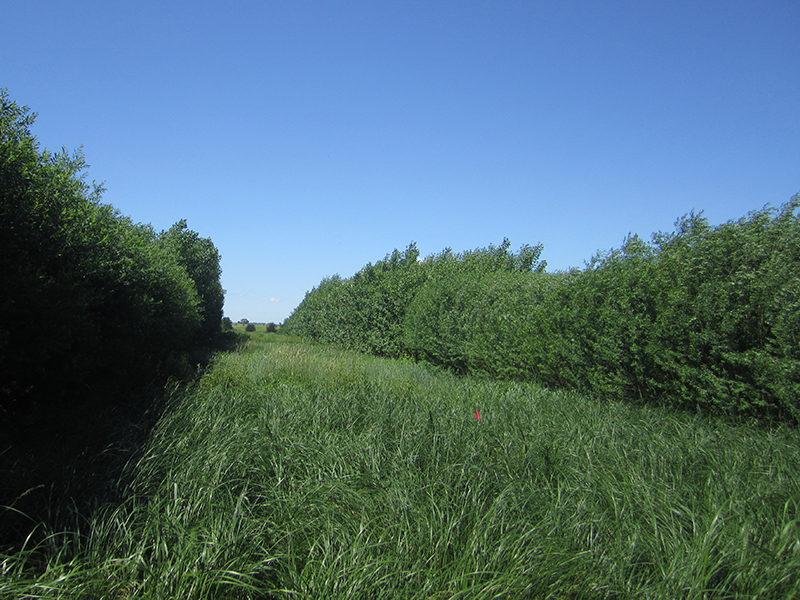
Allies in alley cropping: testing tree and grass combinations
Research shows willow trees may pair well with grass crops in alley cropping systems
Linking AI with Crop Simulation Models to Understand and Predict Agricultural Systems Dynamics
Artificial intelligence and simulation models use agricultural data for crop improvement

How does growing corn in perennial groundcover work?
High yields, conservation benefits seen from well-managed perennial groundcover
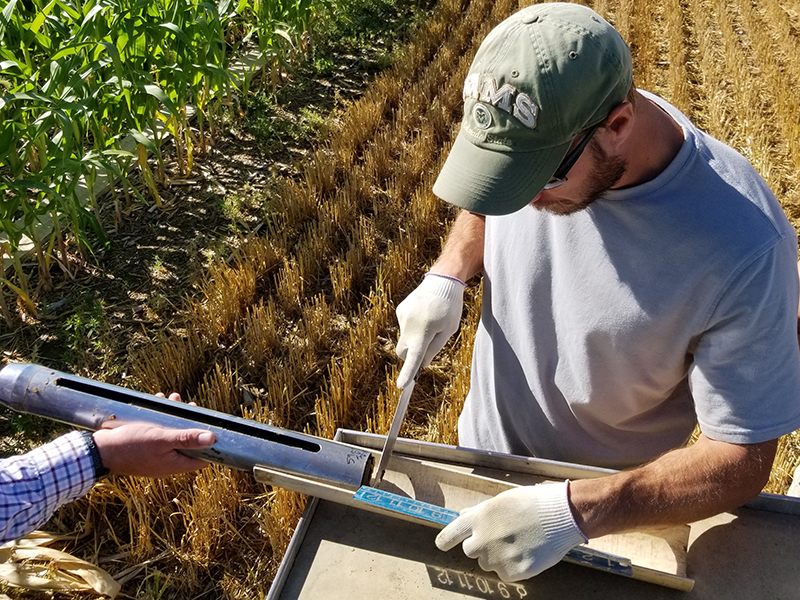
Best farming practices for soil health vary by region
Long-term, regional data is crucial to determine the best farming practices for soil health, crop production and nutritional quality
Scientists to discuss climate smart organic agriculture at upcoming symposium
Symposium titled “Climate Smart Organic Agriculture” will be part of the ASA-CSSA-SSSA Annual Meeting

What is hay?
Fall’s signature decoration is more than meets the eye

Most Nations Failing to Protect Nature in COVID-19 Pandemic Recovery Plans
The COVID-19 pandemic provides an opportunity to reset the global economy and reverse decades of ecosystem and species losses, but most countries are failing to invest in nature-related economic reforms or investments, according to a Rutgers-led paper.
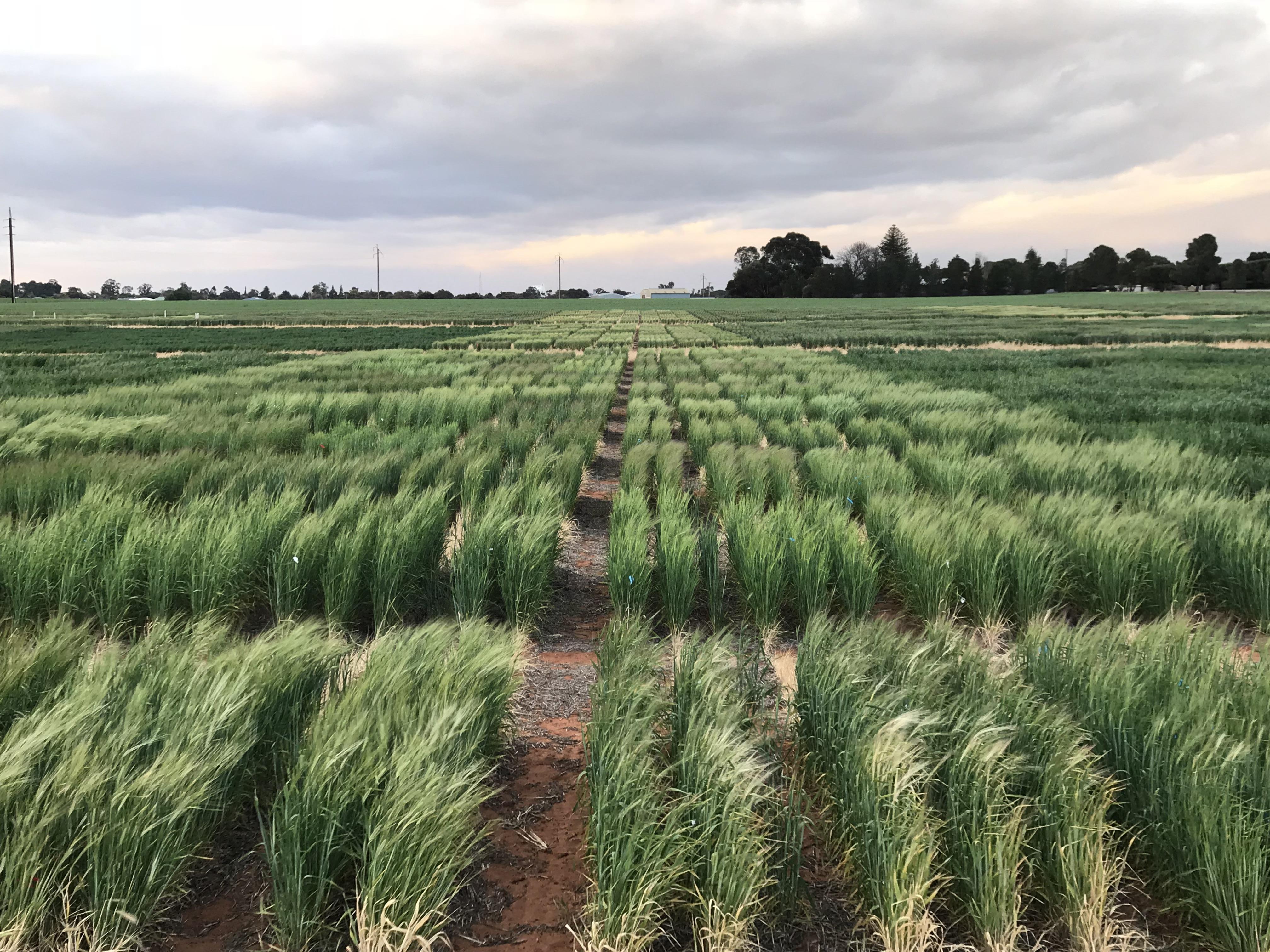
Potential new tool for frost screening in crops
Agricultural scientists and engineers at the University of Adelaide have identified a potential new tool for screening cereal crops for frost damage.
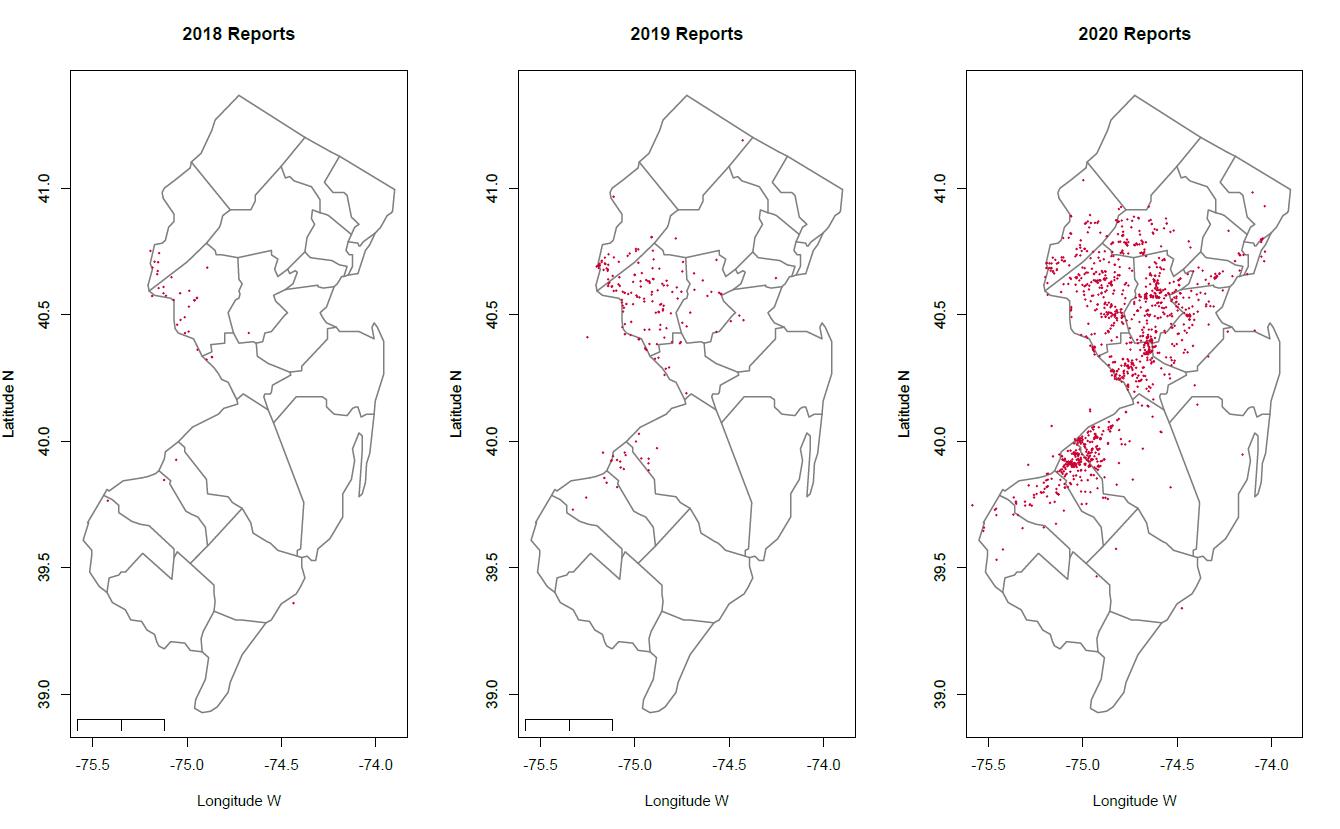
Rutgers Experts Can Discuss Invasive Spotted Lanternfly Spread in N.J.
New Brunswick, N.J. (Oct. 1, 2020) – Rutgers University–New Brunswick Professor George C. Hamilton and Associate Professor Anne L. Nielsen can discuss the spread of and threat posed by the invasive spotted lanternfly, a destructive pest, in New Jersey. “Their…
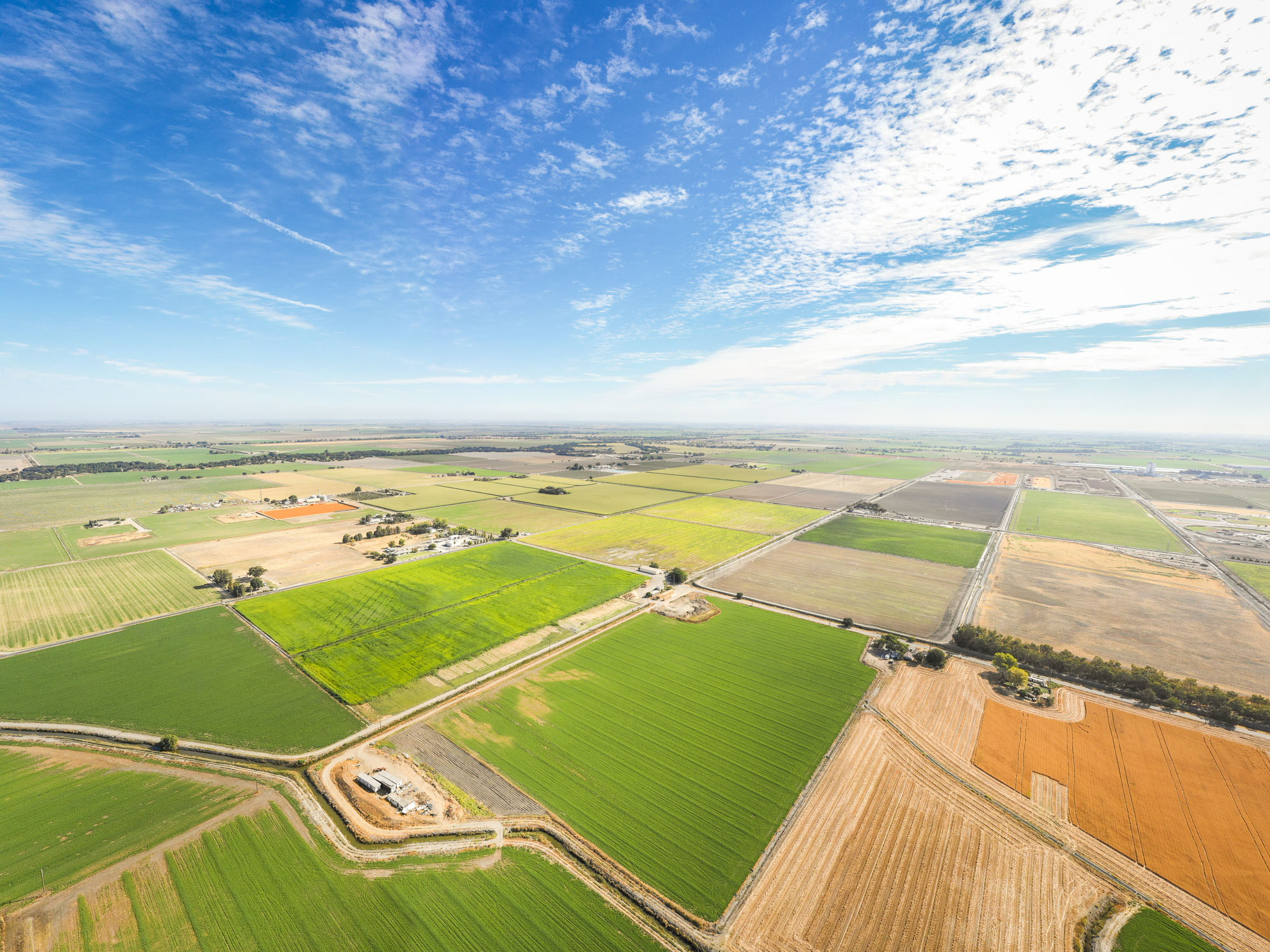
Researchers Use Satellite Imaging to Map Groundwater Use in California’s Central Valley
Researchers at the University of California San Diego report in a new study a way to improve groundwater monitoring by using a remote sensing technology (known as InSAR), in conjunction with climate and land cover data, to bridge gaps in the understanding of sustainable groundwater in California’s San Joaquin Valley.
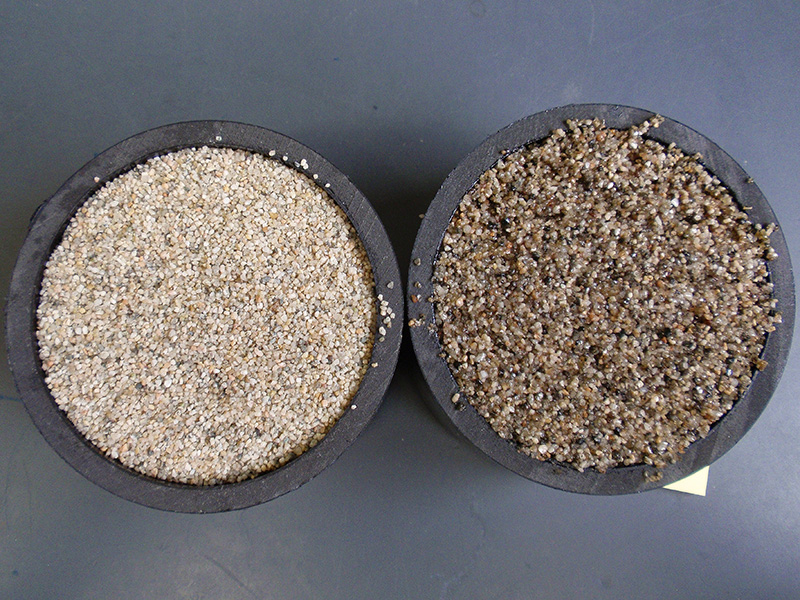
First look at a sustainable agricultural mulch
Sand particles coated in oil could help farmers hold more moisture in the soil
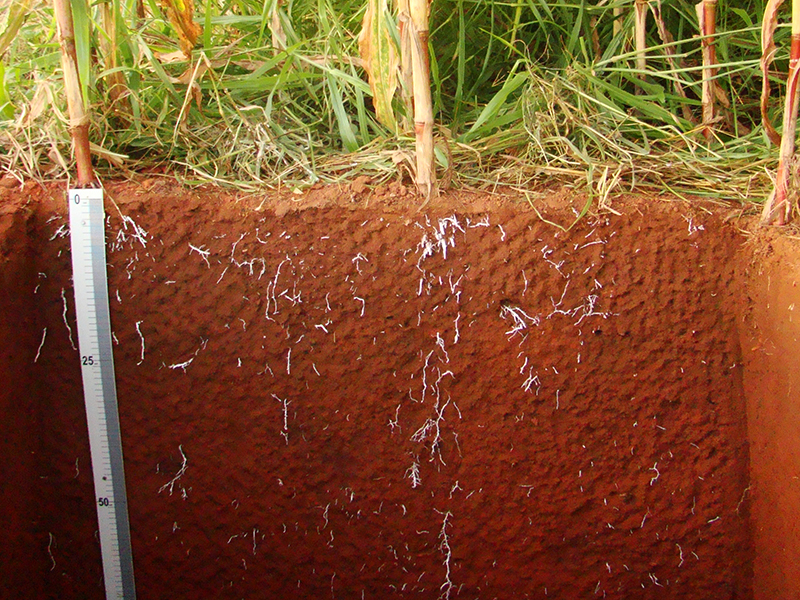
Crop diversity is key to increased profits for Brazilian farmers
Study finds switching up autumn-winter crop improves soils, pocketbooks